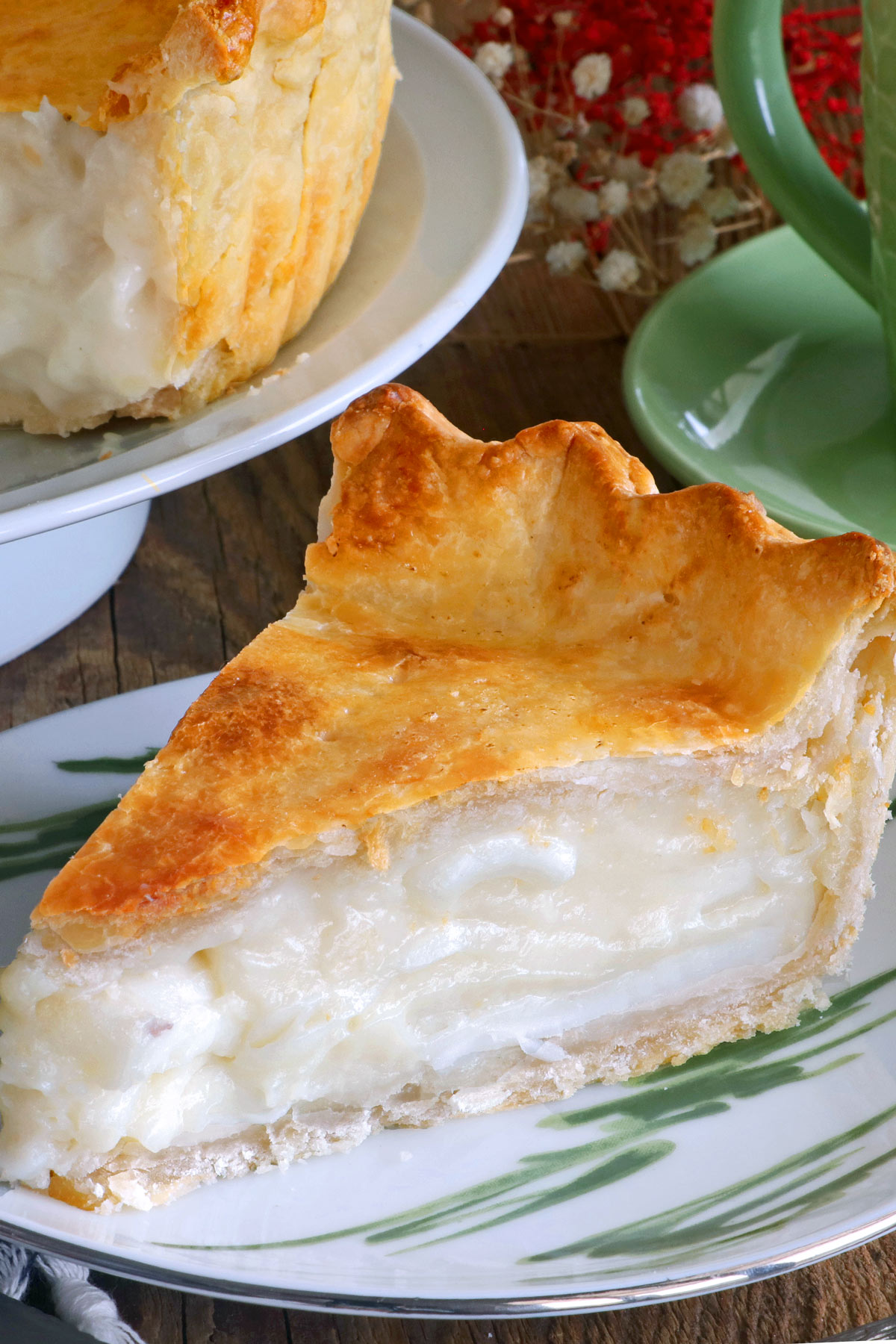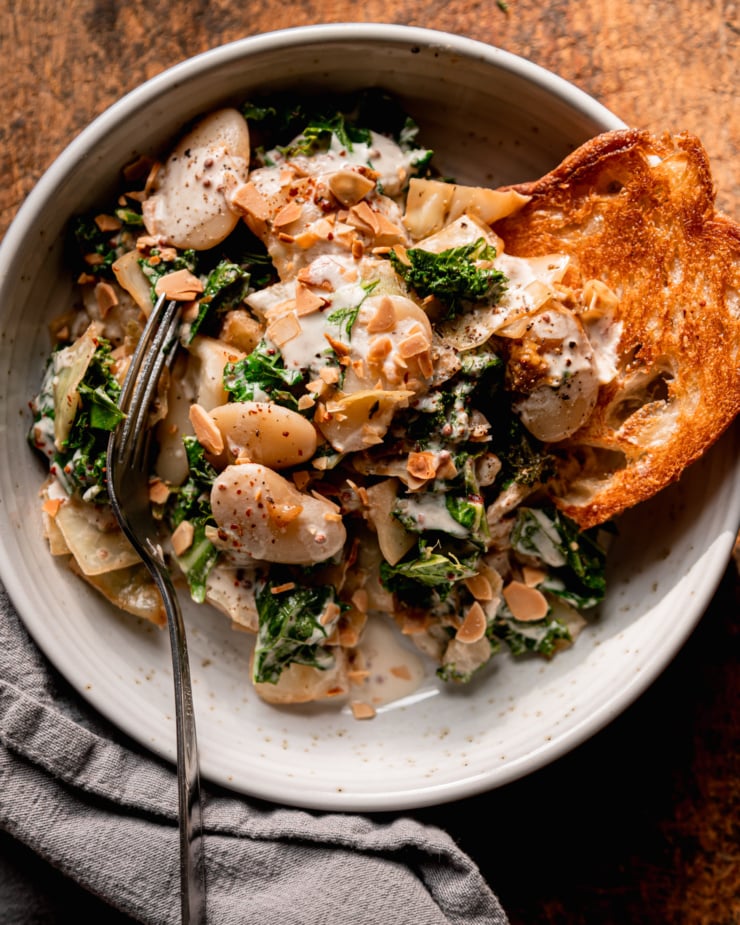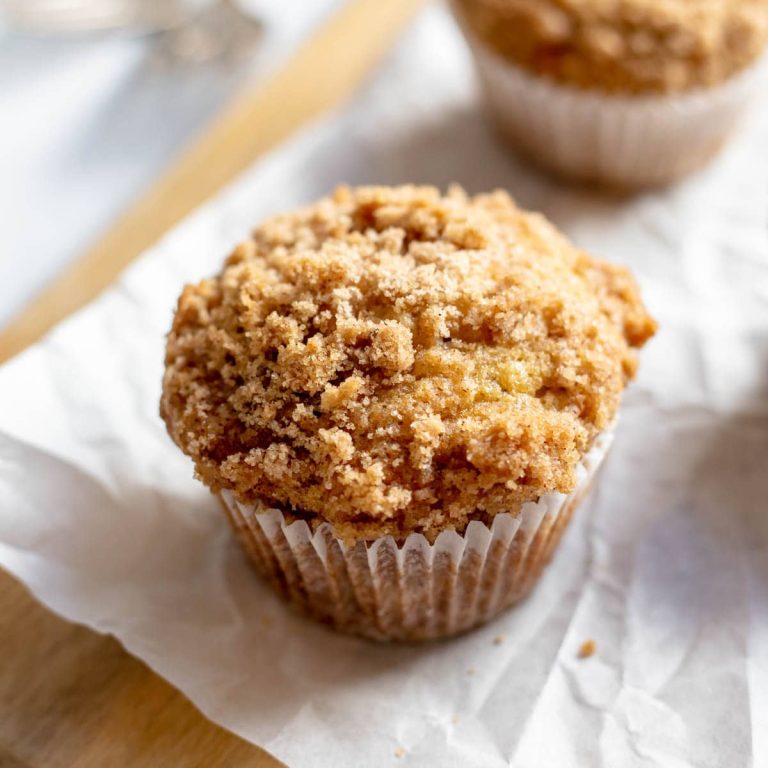Buko Young Coconut Pie: Origins, Variations, and Top Spots to Savor It Worldwide
Explore the history of Buko Young Coconut Pie to uncover its roots in Filipino cuisine. The pie originated in the province of Laguna, Philippines, during the 1960s. It was created by a group of siblings, the Pahud sisters, who were inspired by their time working in the United States and wanted to make a Filipino version of the American coconut cream pie. Their creation quickly gained popularity, becoming a staple in the region and eventually spreading throughout the country. Today, it remains a beloved dessert, distinguished by its use of tender young coconut meat.
Cultural Significance in the Philippines
Understanding the cultural significance of Buko Young Coconut Pie highlights its role in Filipino identity. The dessert is often served during special occasions, such as fiestas, family gatherings, and holiday celebrations. Its unique combination of flavors reflects the country’s rich agricultural heritage, with coconuts being a vital crop. Many Filipino households take pride in their own versions of the pie, and it is frequently found in local bakeries and roadside stands. This dessert not only offers a delicious treat but also serves as a symbol of Filipino ingenuity and culinary tradition.
Ingredients and Preparation
Key Ingredients of Buko Young Coconut Pie
You’ll need specific ingredients to make a perfect Buko Young Coconut Pie. Here’s a list:
- Young Coconut Flesh (Buko): Fresh from 3 young coconuts, totaling approximately 2 cups.
- Coconut Water: 1 cup from the young coconuts, enhances flavor.
- All-Purpose Flour: 2 tablespoons, helps thicken the filling.
- Sugar: 1 cup, sweetens the pie.
- Salt: 1/4 teaspoon, balances the sweetness.
- Evaporated Milk: 1 cup, gives a creamy texture.
- Cornstarch: 2 tablespoons, aids in setting the filling.
- Butter: 2 tablespoons, adds richness.
- Egg Yolks: 3, provides structure.
- Pie Crust: 1 pre-made or homemade crust, forms the base.
Step-by-Step Preparation Guide
Follow these steps to make your Buko Young Coconut Pie:
- Prepare the Pie Crust: Pre-bake at 350°F for 10 minutes until lightly golden. Cool completely before filling.
- Cook the Filling: Combine sugar, flour, cornstarch, and salt in a saucepan. Gradually stir in evaporated milk and coconut water. Cook over medium heat. Stir constantly until thickened.
- Add Coconut and Butter: Mix in young coconut flesh and butter. Cook for 2 minutes.
- Incorporate Egg Yolks: Temper egg yolks by mixing with a small amount of hot filling. Once combined, return to the saucepan and cook for another 2 minutes.
- Pour into Crust: Pour the coconut mixture into the cooled pie crust. Smooth the top using a spatula.
- Cool and Chill: Let the pie cool to room temperature, then refrigerate for at least 2 hours for optimal setting.
By following these steps, you’ll create an authentic Buko Young Coconut Pie that showcases the rich flavors and traditions of Filipino cuisine.
Nutritional Benefits
Health Advantages of Coconut
Young coconut, known as “buko” in the Philippines, offers multiple health benefits. It’s rich in essential electrolytes like potassium, sodium, and magnesium. Coconuts hydrate your body efficiently due to these electrolytes. They also contain healthy fats, particularly medium-chain triglycerides (MCTs), which can aid in weight management and boost energy levels. Additionally, young coconut flesh provides a significant amount of dietary fiber, improving digestive health and promoting regular bowel movements.
Caloric and Nutritional Profile of Buko Pie
Buko pie combines the health advantages of coconut with other nutritious ingredients. A typical slice of buko pie contains approximately 250-300 calories. It provides a balance of macronutrients, including carbohydrates, fats, and proteins. The young coconut filling contributes vitamins B, C, and E, along with minerals like iron, calcium, and phosphorus. However, due to the inclusion of ingredients like sugar and butter, buko pie also has higher levels of saturated fats and sugars. Moderation is key to enjoying this dessert while maintaining a balanced diet.
| Nutrient | Amount per Serving (Approx) |
|---|---|
| Calories | 250-300 calories |
| Carbohydrates | 30-35 grams |
| Fats | 12-15 grams |
| Proteins | 3-4 grams |
| Fiber | 2-3 grams |
| Vitamin B | Present |
| Vitamin C | Present |
| Vitamin E | Present |
| Iron | Present |
| Calcium | Present |
| Phosphorus | Present |
Incorporating buko pie into your diet offers a delicious way to enjoy the benefits of young coconut and other nutritious ingredients when consumed in moderation.
Popular Variations of Buko Pie
Regional Twists on the Classic Recipe
Different regions of the Philippines have their own versions of Buko pie. Some use pandan leaves, which introduce a fragrant aroma and flavor to the filling. In Laguna, the traditional version reigns supreme, featuring a buttery crust and tender young coconut meat. Meanwhile, in Quezon, a purple yam variant known as Buko-Ube pie gains popularity, combining the flavors of young coconut and sweet purple yam. Each twist showcases local ingredients and culinary heritage, making every bite uniquely Filipino.
Fusion and Experimental Versions
Modern bakers experiment with Buko pie by blending it with other desserts. Some create Buko pie cheesecakes, layering creamy cheese with coconut filling for a rich taste. Others bake Buko pie tarts, offering a bite-sized alternative. Vegan versions use coconut oil and plant-based milk, catering to dietary preferences while retaining the classic flavors. Fusion versions, like Buko-Mango pies, add tropical fruits to enhance sweetness and create a refreshing twist. These inventive takes keep the beloved dessert evolving, satisfying diverse palates.
Where to Find the Best Buko Young Coconut Pie
Top Spots in the Philippines
Buko Young Coconut Pie holds a special place in Filipino cuisine, with several regions known for their exceptional offerings. Laguna stands out as a premier destination. The Original Buko Pie Bakeshop in Los Baños, Laguna, pulls in locals and tourists alike. Vendors along the road in Tagaytay City and Quezon Province also offer high-quality Buko pies. Oriang’s Buko Pie in Tagaytay has built a reputable name.
Another notable spot is Jaden’s Pastries and Cake in Cavite, offering a variety of pies that include the beloved Buko variant. In Metro Manila, Baker’s Fair in Chinatown and Colette’s Buko Pie have earned high acclaim. These places ensure authenticity by using fresh, locally-sourced young coconuts.
International Availability
While the best Buko Young Coconut Pie options are in the Philippines, various international locations provide excellent alternatives. Filipino communities around the world have made this dessert available in specialized eateries and bakeries. In the United States, Goldilocks Bakeshop, based in California, offers a high-quality Buko pie. Seafood City, found in multiple states, often includes Buko pie in their dessert aisles.
In Canada, Filipino stores in Toronto and Vancouver sell Buko pie, often imported directly from the Philippines or baked locally. Kababayan Bakery in Sydney, Australia, creates Buko pies for the local Filipino community. Panaderia Bakery in London, United Kingdom, also offers this treat, highlighting its global appeal.
By visiting these spots, you can enjoy the authentic flavors of Buko Young Coconut Pie even outside the Philippines.
Conclusion
Buko Young Coconut Pie captures the essence of Filipino culture and culinary tradition. Its creamy coconut filling and golden crust make it a delightful treat for any occasion. While its nutritional benefits are notable, it’s best enjoyed in moderation. With regional and modern variations, there’s a Buko pie to suit every palate. Whether you’re in the Philippines or abroad, finding an authentic Buko pie is easier than ever. Savor the unique flavors and rich heritage of this beloved dessert, and let each bite transport you to the heart of the Philippines.






